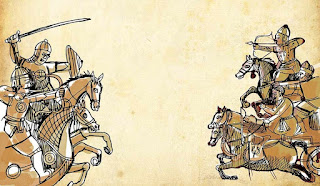The Gaze from the East: Chinese Travelers and Their Accounts of Ancient India

For centuries, India has captivated the world with its rich tapestry of culture, philosophy, and history. While indigenous literature and archaeological discoveries have provided invaluable insights into India's past, accounts from foreign travelers offer a unique perspective, enriching our understanding of its societal, economic, and religious landscape. Among these, the chronicles of Chinese Buddhist pilgrims stand out as particularly significant, providing detailed glimpses into India from the 4th to 8th centuries CE. Driven by a deep reverence for Buddhism, these travelers, most notably Fa Hien (Faxian), Hiuen Tsang (Xuanzang), and I-Tsing (Yijing), embarked on perilous journeys to the Land of the Buddha, leaving behind invaluable records of their experiences. Their writings offer a crucial external perspective, complementing and sometimes challenging narratives derived from Indian sources. The journeys of these travelers were often arduous and fraught with danger. They trave...

